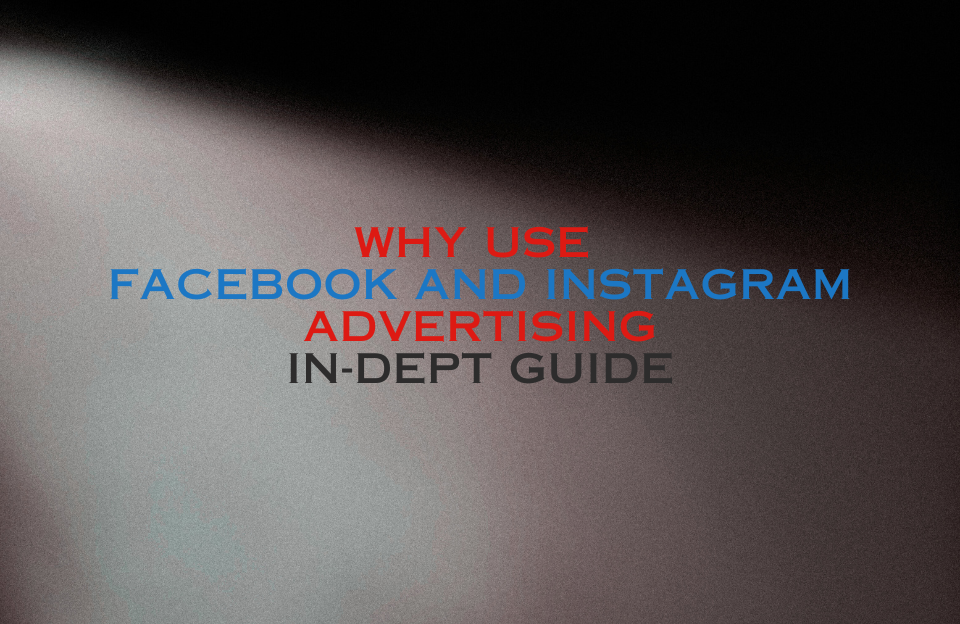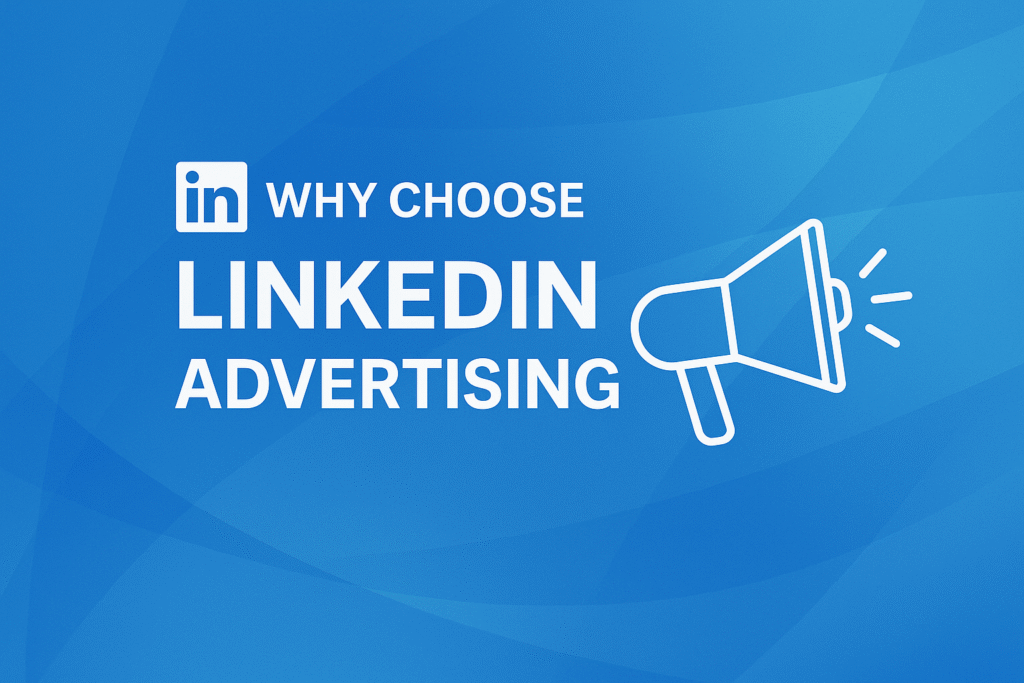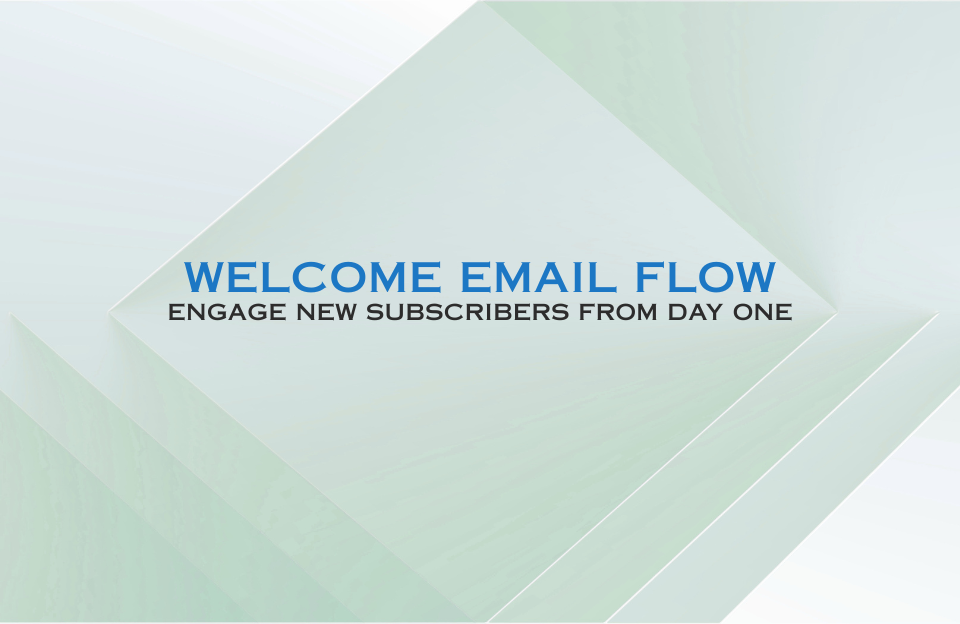In today’s digital landscape, the debate around email marketing vs social media marketing is more relevant than ever. Social platforms like Instagram Reels, LinkedIn posts, or TikTok videos dominate conversations and advertising budgets, offering brands the promise of reach and engagement. Yet, while social media is loud, trendy, and constantly evolving, email marketing has quietly remained one of the most reliable drivers of revenue.
The key takeaway? It’s not a matter of choosing one over the other, but understanding how they complement each other. Social media fuels discovery and awareness, while email drives conversions, retention, and loyalty. Combined, they create a powerful marketing mix.
1. You Own Your Audience
On social media, you don’t actually “own” your audience. Platforms like Facebook, TikTok, or Instagram act as gatekeepers, deciding who sees your posts and when. A single algorithm update can cut your organic reach by 80% overnight, even if you’ve spent years building your follower base. For businesses that rely heavily on social, this creates instability and dependence.
With email marketing, your subscriber list belongs to you. It’s first-party data that isn’t controlled by an external platform. As long as you comply with privacy regulations like GDPR and CAN-SPAM, you maintain direct access to your customers. That makes email a far more resilient channel, especially as data ownership becomes increasingly critical in a privacy-first world.
Example: When Facebook temporarily shut down ad accounts in 2021 due to policy changes, many e-commerce brands lost access to their audiences overnight. Businesses with strong email lists were able to pivot and continue generating sales without interruption.
Tip: Encourage social followers to subscribe to your mailing list. Offer exclusive content or discounts as an incentive. This way, you transform rented attention into owned relationships.
2. ROI: Email vs Social Media
When it comes to ROI, email marketing consistently outperforms social media. According to Litmus, the average ROI for email is between $36 and $42 per $1 spent. Some industries, such as e-commerce or SaaS, report even higher returns—up to $70 per dollar.
Social media marketing, while useful for awareness, rarely matches this level of profitability. Ads on Facebook or Instagram often require ongoing investment just to maintain visibility, and organic reach has been in steady decline for years. Conversion rates are also lower because social users aren’t always in a buying mindset.
| Channel | Average ROI | Cost Efficiency |
|---|---|---|
| Email Marketing | $36–$42 per $1 spent | High – scalable with low incremental costs |
| Social Media Marketing | Varies, often below $10 per $1 spent | Lower – ad spend required for consistent reach |
Example: A fashion retailer ran the same promotion across Instagram Ads and their email list. The Instagram campaign delivered clicks but resulted in a 1.8% conversion rate. The email campaign, sent to loyal subscribers, achieved a 9.5% conversion rate with virtually no additional costs.
Tip: Use social ads primarily to generate leads (email sign-ups) rather than direct conversions. Once they’re in your list, nurture them with targeted campaigns for better ROI.
3. Direct, Personal, and Measurable
One of the biggest advantages of email marketing is personalization. Unlike social media, which offers limited targeting options, email allows you to segment by demographics, behavior, purchase history, or engagement levels. Automated workflows—such as welcome emails, abandoned cart reminders, or birthday campaigns—can run 24/7, keeping your brand top of mind.
Measurement is also far clearer with email. You can track opens, clicks, conversions, and unsubscribes with precision. Social media metrics, on the other hand, are often vanity-driven (likes, comments, impressions) and attribution has become harder with privacy restrictions like Apple’s iOS updates.
Example: An online bookstore segmented its list by genre preference. Subscribers interested in thrillers received personalized recommendations, leading to a 30% higher click-through rate compared to generic promotions. Social ads targeted by interest delivered only a fraction of that engagement.
Tip: Start with simple segmentation—such as new vs. returning customers—and expand into behavior-based targeting as your list grows. Even small personalization efforts can dramatically improve results.
4. No Algorithms, Just Delivery
Social media marketing is unpredictable. A post you spend hours perfecting might reach just 5% of your followers unless boosted with paid ads. Platforms are increasingly “pay-to-play,” limiting the potential of organic marketing.
Email avoids this trap. Once your list is built and you maintain a good sender reputation, your messages are delivered directly to inboxes. While spam filters exist, they are manageable with best practices like authentication (SPF/DKIM), double opt-ins, and clean list management. The result? Consistent reach that you control.
Example: A SaaS company noticed that LinkedIn posts promoting webinars reached less than 10% of followers. By switching to email invitations, attendance rates doubled because the invites landed directly in subscribers’ inboxes.
Tip: Don’t rely solely on flashy design. Simple, text-based emails often perform better for deliverability and engagement than image-heavy ones.
5. Strengths Compared: Email vs Social Media
To understand the real battle of email marketing vs social media marketing, let’s compare their strengths side by side. But remember: the best results come when you combine them within your overall marketing strategy.
| Aspect | Email Marketing | Social Media Marketing |
|---|---|---|
| Ownership | You own your list | Dependent on platforms |
| Reach | Direct to inbox | Limited by algorithms |
| ROI | Highest across digital channels | Lower, varies per platform |
| Personalization | Advanced segmentation & automation | Basic targeting options |
| Data Control | First-party data, measurable | Restricted by platform policies |
Example: A B2B consultancy used LinkedIn to generate leads but nurtured them through email newsletters. The combination worked well, but 80% of conversions eventually came through email touchpoints.
Tip: Use social media for awareness and community-building, but shift serious nurturing and conversion efforts to email.
6. Email and Social Media Work Better Together
Think of social media as the stage where people first meet you, and email as the private room where meaningful conversations happen. Together, they’re stronger.
While email often “wins” the comparison, the two channels aren’t rivals—they complement each other. Social is fantastic for discovery, engagement, and building communities. Email is the vehicle that converts casual followers into paying customers. In other words: both are essential parts of a balanced marketing mix.
Example: A fitness coach used Instagram to showcase quick workout tips and promote a free ebook. Followers who downloaded the ebook were added to an email sequence that offered premium training programs. The result: Instagram grew awareness, but email closed sales.
Tip: Always include a clear path from social media to email—like lead magnets, contests, or free trials. Then, let your email campaigns build long-term relationships.
7. Your Safety Net in a Changing World
The digital marketing world is shifting fast. From Apple’s iOS privacy updates to the gradual phase-out of third-party cookies, data-driven targeting on social platforms is becoming harder. This makes relying solely on social media increasingly risky.
Email marketing is more resilient because it’s built on first-party data. Subscribers have explicitly opted in, meaning you’re less vulnerable to external policy shifts. As marketers navigate a more privacy-conscious future, email provides stability and ownership that social can’t match.
Example: When GDPR came into effect, many businesses struggled to maintain targeting accuracy on Facebook. Brands with strong, compliant email lists were less affected and continued to communicate directly with their customers.
Tip: Audit your email list regularly to ensure compliance and quality. A smaller but engaged list is more valuable than a large, unresponsive one.
Conclusion: Why Email Outperforms Social Media
In the showdown of email marketing vs social media marketing, both have their place—but email proves more reliable, measurable, and profitable. Social is where attention is captured, but email is where trust is built and conversions happen.
The smartest marketers don’t view the two as competitors but as partners in a holistic strategy. Social builds awareness; email builds loyalty. But if you had to choose just one channel to safeguard your future growth, email marketing remains the clear winner. Together, however, they form the backbone of a marketing mix that balances short-term visibility with long-term relationships. Curious how this compares to other “versus” strategies? Check out our guide on SEO vs SEA.




